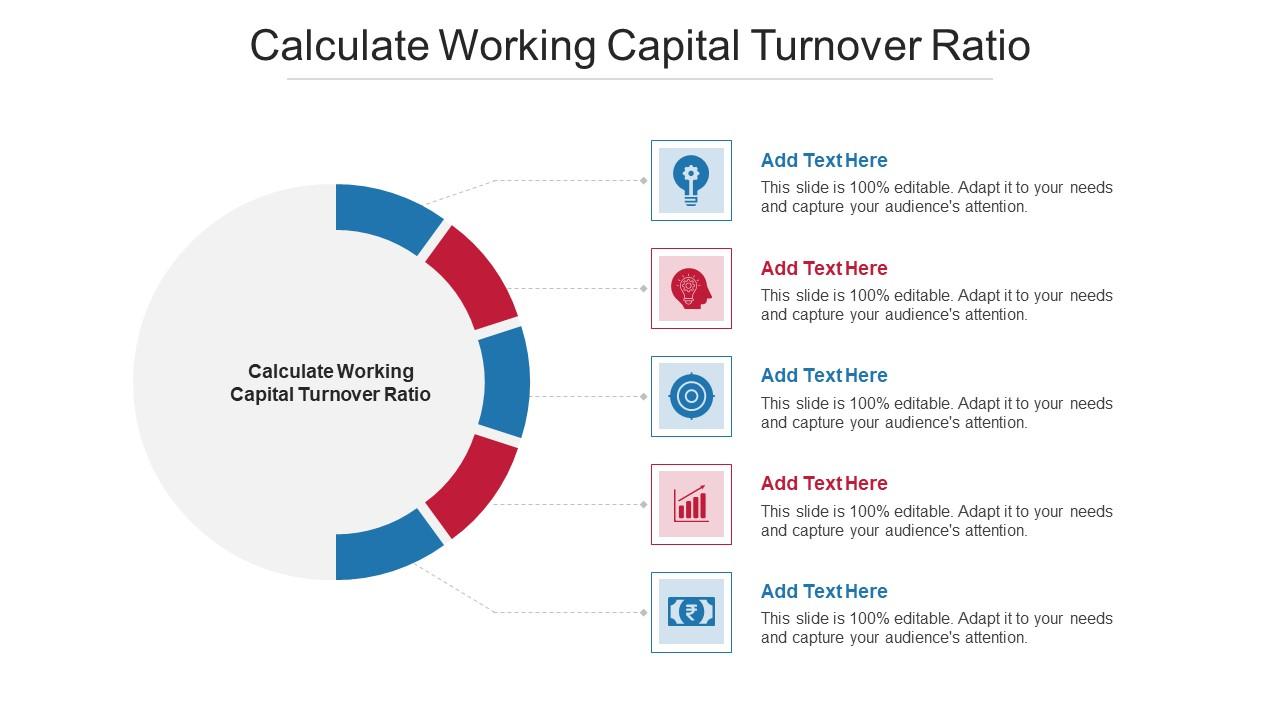Home>Finance>Share Turnover: Definition, What It Signals, Formula, And Example


Finance
Share Turnover: Definition, What It Signals, Formula, And Example
Published: January 28, 2024
Learn the definition of share turnover in finance, what it signals, its formula, and see an example. Enhance your financial knowledge with our comprehensive guide.
(Many of the links in this article redirect to a specific reviewed product. Your purchase of these products through affiliate links helps to generate commission for LiveWell, at no extra cost. Learn more)
Understanding Share Turnover in Finance
Welcome to another insightful post in our FINANCE category! Today, we’re going to delve into the world of share turnover and explore what it signifies in the realm of finance. Share turnover is a crucial metric that helps investors and financial analysts understand the frequency with which shares of a stock are bought and sold within a specific period of time. In this blog post, we will define share turnover, discuss what it signals, provide the formula to calculate it, and give a practical example. So, let’s dive in!
Key Takeaways:
- Share turnover measures the frequency of share trading for a particular stock within a specific time period.
- Higher turnover indicates increased liquidity and investor interest, while lower turnover may suggest stagnant or less actively traded stocks.
Definition of Share Turnover:
Share turnover, often referred to as “stock turnover” or “trading volume,” is a financial metric that calculates the number of shares traded during a given period. It reflects the level of interest and activity in a particular stock. Essentially, it measures how frequently shares of a company change hands in the market.
Share turnover is an essential indicator of market liquidity and investor sentiment. It helps investors understand the stock’s popularity, the level of investor interest, and the potential risks and rewards associated with holding or trading a particular stock.
What Share Turnover Signals:
Share turnover is not just a mere numerical value; it conveys meaningful insights to investors and financial analysts. Here are a few key signals that share turnover provides:
- Market Liquidity: Higher share turnover usually indicates increased market liquidity. This means that there is a robust supply and demand for a particular stock, allowing investors to buy and sell shares quickly and without significant price impact.
- Investor Interest: High share turnover suggests that investors are actively interested and engaged in a particular stock. It may indicate positive market sentiment, as well as the presence of a large number of traders and investors looking to capitalize on potential opportunities.
- Stock Volatility: Stocks with high share turnover are more likely to experience fluctuations in price due to increased trading activity. Conversely, stocks with low share turnover are generally more stable and may have less price volatility.
- Investor Sentiment: Share turnover is often used as an indicator of overall investor sentiment towards a stock or the market as a whole. Higher turnover can suggest optimism and confidence, while lower turnover may imply caution or uncertainty.
Formula for Calculating Share Turnover:
The share turnover formula calculates the average number of times shares are traded within a given period. The formula is:
Share Turnover = (Total Number of Shares Traded / Total Number of Outstanding Shares) * 100
By calculating the share turnover, investors gain insights into the trading activity relative to the total shares available in the market.
Example of Share Turnover Calculation:
Let’s understand the concept of share turnover with an example. Suppose Company XYZ has 1 million outstanding shares, and during a specific period, 200,000 shares were traded. To calculate the share turnover:
Share Turnover = (200,000 / 1,000,000) * 100 = 20%
Therefore, the share turnover for Company XYZ during that period was 20%.
Remember, share turnover is just one of many factors that investors consider when analyzing a stock. It’s essential to combine this metric with other fundamental and technical analysis tools to get a comprehensive understanding of a company’s performance and market dynamics.
We hope this blog post has shed some light on the topic of share turnover, its significance, formula, and how it is calculated. Understanding share turnover can help investors make informed decisions and navigate the financial markets with confidence.
Stay tuned for more informative posts in our FINANCE category. Happy investing!














